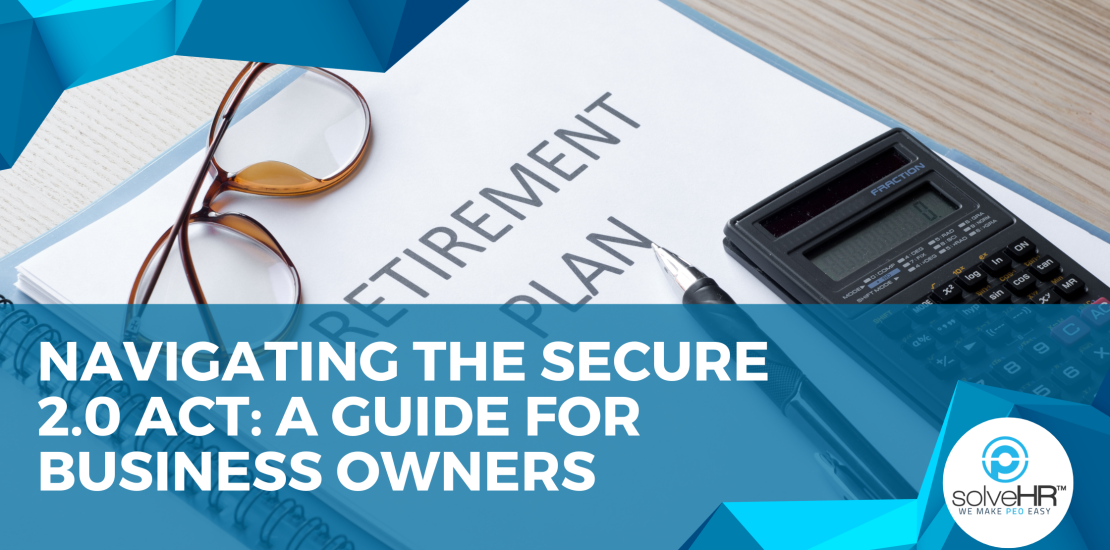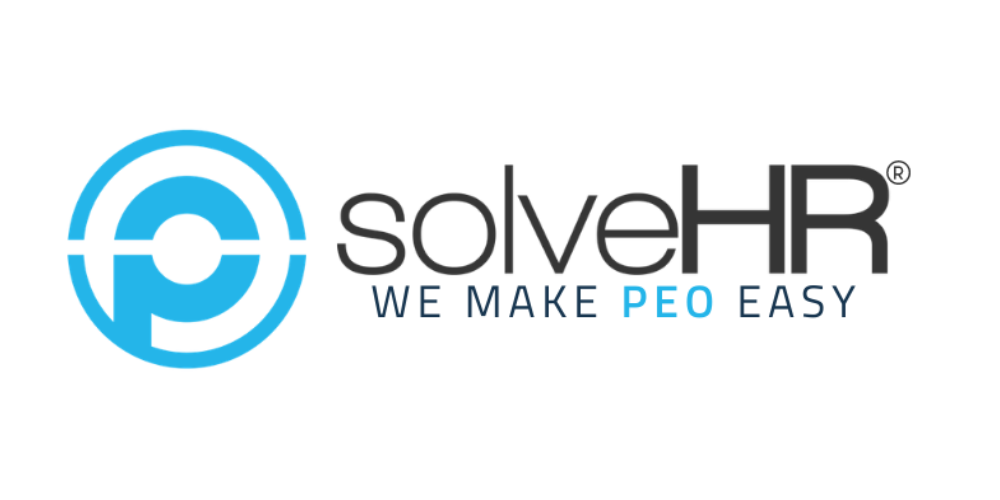- 01/24/2024
- Posted by: Matt Muriel
- Category: Uncategorized

The retirement landscape is evolving, and with the recent passage of the SECURE 2.0 Act, business owners need to be aware of the key provisions that will shape the future of retirement planning for their employees. Let’s delve into what this legislation means for business owners going forward.
Automatic Enrollment: A Push Towards Financial Security
Starting in 2025, employers initiating new retirement plans will be required to automatically enroll employees at a rate of 3% to 10%. This move aims to boost retirement readiness by encouraging greater participation. Exceptions are made for new businesses under three years old and those with ten or fewer employees.
RMDs and Catch-Up Contributions: Flexibility for the Aging Workforce
The age for Required Minimum Distributions (RMDs) will increase from 72 to 73 in 2023 and to 75 in 2033. Penalties for not taking RMDs will also be reduced. Moreover, catch-up contributions, especially for participants aged 60 to 63, will see an increase to $10,000 annually starting in 2025. This provides added flexibility for older employees to bolster their retirement savings.
Inclusion of Long-Term, Part-Time Employees: Expanding Eligibility
The SECURE 2.0 Act reduces the requirement for long-term, part-time employees to participate in their company’s retirement plan from three consecutive years to two, starting in 2025. This expansion aims to ensure broader inclusion and financial security for part-time workers.
Student Loan Debt and Emergency Savings: Addressing Financial Realities
Starting in 2024, student loan payments can qualify as retirement contributions, allowing employers to make contributions to retirement plans on behalf of employees dealing with student loans. Additionally, the Act permits withdrawals of up to $1,000 per year from retirement savings for emergency expenses without the 10% tax penalty, providing a safety net for unforeseen financial challenges.
Saver’s Match: Incentivizing Savings
Beginning in 2027, low to middle-income employees will be eligible for a federal matching contribution of up to $2,000 per year. This Saver’s Match aims to encourage savings and replaces the current Saver’s Credit, phasing out based on income and tax-filing status.
Planning Ahead: Benefits for Business Owners
While some provisions won’t take effect for a few years, sponsoring an employee retirement savings plan sooner rather than later is advantageous, especially in today’s competitive labor market. With available tax credits to offset start-up costs, the time is ripe for businesses to prioritize retirement benefits.
In conclusion, the SECURE 2.0 Act is a pivotal step toward fostering financial security for employees. Business owners can navigate these changes strategically, ensuring they align with the best interests of their workforce and contribute to a stronger financial future.
The SECURE 2.0 Act brings unprecedented opportunities for businesses to enhance retirement benefits and ensure financial security for employees. At SolveHR, we understand the importance of navigating these changes seamlessly.
If you have questions about implementing these new provisions, optimizing your retirement plans, or need personalized guidance tailored to your business, we’re here to help. Let’s work together to build a stronger financial future for your employees.
Contact SolveHR today and take the first step toward a more secure tomorrow. Your employees deserve it, and your business will thrive with a robust retirement plan in place.

